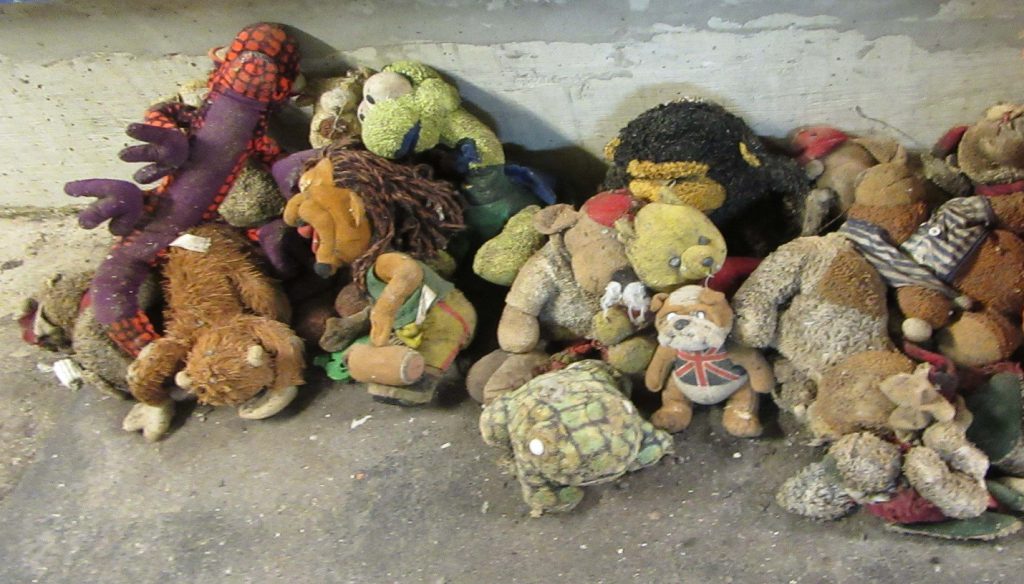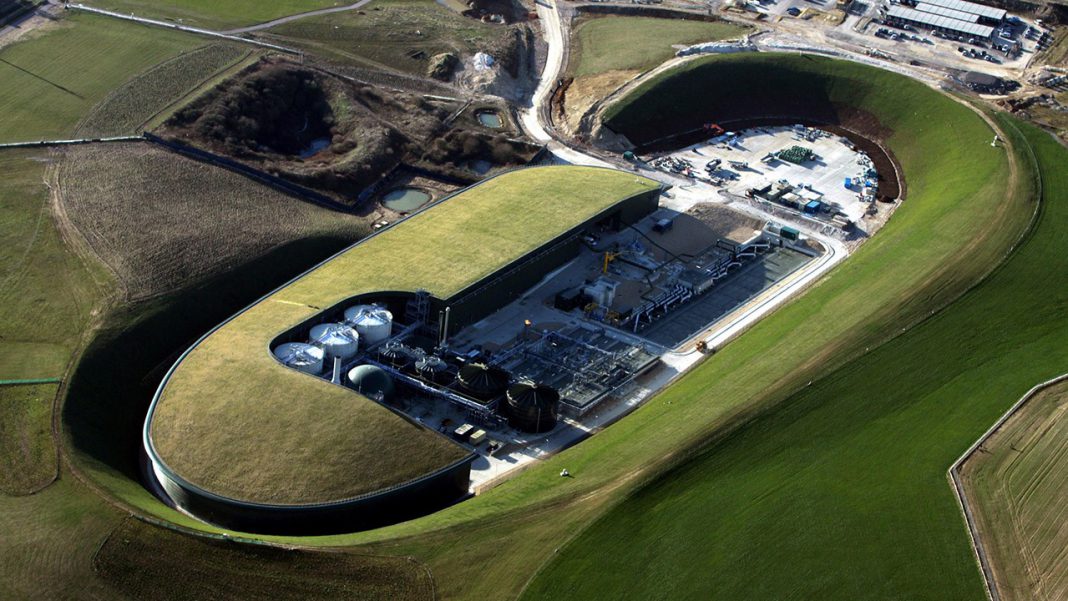Earlier this year, Strandliners , represented by Andy Dinsdale, Sandy Spencer and myself, visited the Peacehaven Wastewater Treatment Works, managed by Southern Water and serving all of Brighton and Hove.
The primary purpose of the visit was to understand what pollution, if any, escapes into the environment. Of particular interest to Strandliners was to understand the role of so-called biobeads – small plastic pellets used in the waste treatment process – and what measures are in place to prevent their escape. In 2010, a steel mesh at a plant on the Truro river in Cornwall split, causing around 5 billion bio-beads to wash into the sea.
Many of these can still be found on our shores at Camber and Winchelsea Beach. They are part of the problem of plastic pollution of our oceans, which many of you will now be familiar with following David Attenborough’s Blue Planet series.

Southern Water manages over 400 wastewater treatment works. The one in Peacehaven is their second largest, after Portsmouth, serving 290,000 homes. Compared to other works, it is state-of-the-art, with a relatively small footprint and one of the largest green roofs in Europe. This was primarily due to strict planning restrictions for the development, which in addition to being visually unobtrusive, needed to be fully under cover and ventilated to control smells.
Construction was completed in 2012, at a cost of £300m. Annual running costs are £4m. The works can treat a maximum of 242 million litres per day, with the waste water arriving via three pumping stations from Brighton and Hove. It typically treats more than 500 litres per second continuously.
The Environment Agency requires the outlets of all plants to be regularly monitored and will only renew permits if strict criteria are met. One measure of the effectiveness of any waste water treatment plant is the so-called BOD (biochemical oxygen demand), as the lack of oxygen in rivers and the sea will have a damaging effect on their biodiversity. The BOD of this plant, which has a 3km long outlet to sea, is set at a maximum of 25 milligrams per litre. For purposes of comparison, untreated wastewater is about 600 mg/l. For plants along rivers, the level is set much lower, at 5 mg/l.

The Peacehaven works has a much smaller footprint than most works, as it does not have settlement fields. The downside to this high rate process is that it is far more energy intensive, requiring a 1.2 megawatt generator.
On the plus side, this generator is for the most part run from biogas generated on site, extracted from the solid waste. The energy is used mainly to run four huge pumps, with a maximum of three of these running at a time. The ventilation/odour extraction system is also energy intensive. The site generates 45 tonnes of sludge a day, euphemistically described as “cake” which is sold to farmers as fertiliser.
As you would expect, the waste water goes through a number of stages of treatment: preliminary, primary and secondary. The first thing that needs to happen is to remove all the things that should not have been in the system to start with, including fat, oil, grit and grease, but also larger objects, referred to as “rag’” A fine mesh catches anything that is no more than 6mm x 6mm in size, but this means that some thin objects, such as cotton buds, can sometimes get through. Over a typical week, there will be three or four skip loads of rag; however after heavy rain, this can be as much as five skips in two hours!

The primary treatment then consists of adding ferric chloride and polymers, which allows the solids to settle out. The sludge, which has a porridge consistency, goes into a digestion process, known as mesophilic anaerobic digestion, which is much the same as a cow’s stomach. This separates the bio gas and the residual dried material, which is re-thickened through centrifugation to become cake.
Meanwhile the waste water enters the secondary treatment stage, in this instance using biological aerated flooded filters (BAFF). This is where bio-media are added to assist with separating out remaining solids. At Peacehaven, 4-5mm polystyrene beads are used rather than plastic biobeads, these are all filtered out and re-used at the end of the process. As the outlet is at sea, the EA accepts up to 150mg/l of residual solids here, but in rural locations a tertiary system using sand or cloth filtration is required to ‘fine polish’ the water, reducing the solids to 15mg/l.
Overall, we were very impressed by the process and were also reassured that robust systems were in place to avoid pollution. It should be noted that were the polystyrene beads to escape, there would be no way of distinguishing these from other polystyrene, so that is a concern. It is also likely that the sludge sold to the agricultural market will have micro plastics, predominantly micro fibres from washing polyester, nylon clothes, etc, which could end up in the food chain.
The take-home message is to avoid flushing the wrong things down the drain, it should only be the three Ps (pee, poo, paper). The augers squeezing out the rag from the water require replacing every three months, at a cost of £250,000 each! Wet wipes are a particularly big problem, as they clog up the system. Even if they are described as biodegradable or flushable, they will not break down before they get to the plant.
Image Credits: Costain , Dominic Manning .



